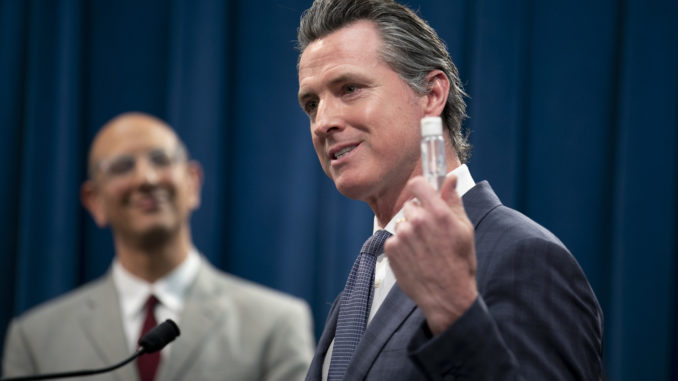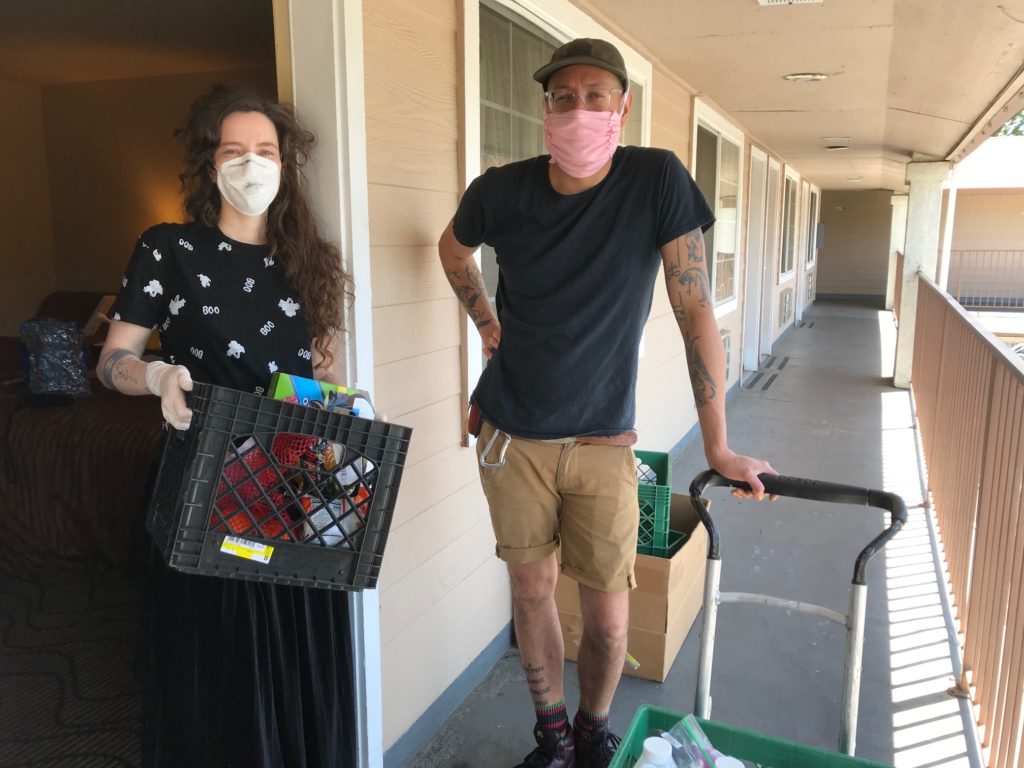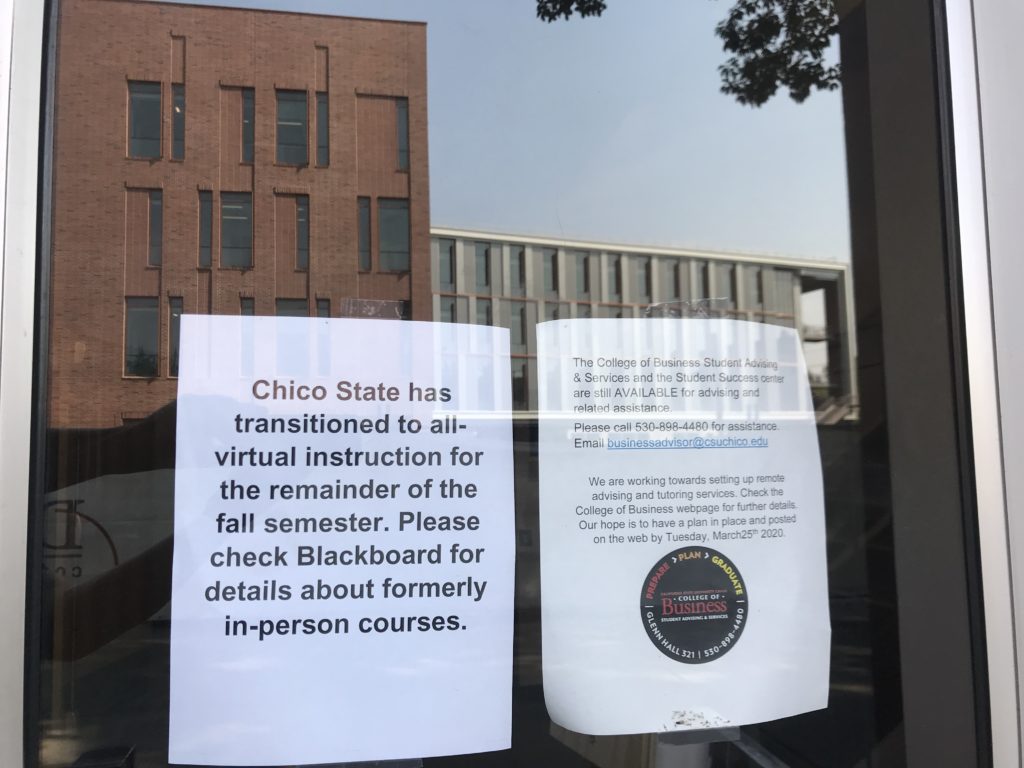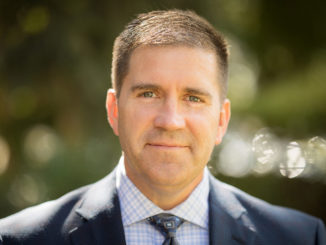
Last Friday (Sept. 4) marked six months since Gov. Gavin Newsom declared a state of emergency in California (on March 4) in response to the COVID-19 pandemic.
On Aug. 28, the governor rolled out the state’s most recent coronavirus response, the Blueprint for a Safer Economy, a revised set of criteria for reopening the state that replaces the previous County Data Monitoring List. The color-coded four-tier system is a “stringent and slow plan for living with COVID-19 for the long haul,” according the governor’s press release, that “builds on lessons learned from the first six months of the disease.”
Below is a timeline that tracks how the state has tackled the evolving COVID-19 crisis since March 4.
About this story: It’s an abbreviated version of a running coronavirus timeline curated by CalMatters, an independent public journalism venture covering California state politics and government. For more info, visit calmatters.org. See full timeline at: tinyurl.com/coronatimeline.
March 4
Governor declares emergency
Following numerous emergency declarations at the local level and positive cases increasing by the day, Newsom declares a state of emergency. The declaration institutes anti-price gouging measures and allows for out-of-state health care workers to assist California hospitals.
March 6
Butte County declares public health emergency
Following Newsom’s emergency declaration days earlier, three California counties declare their own local emergencies: San Francisco after identifying two cases from community transmission, Yolo upon identifying its first positive infection, and Butte as a precautionary measure despite having zero known cases.
March 11
Governor tightens restrictions; COVID-19 becomes pandemic
Newsom recommends gatherings not to exceed 250 people and extends paid family leave and disability benefits to those affected by the coronavirus.
Meanwhile, the World Health Organization declares COVID-19 a pandemic.
March 13
Schools across the state close in response to coronavirus
More than 5.7 million K-12 California children, including more than nine out of 10 public school students, are sent home from school starting Monday, March 16, after coronavirus concerns move districts to close.
Newsom orders that public schools retain state funding even if they’re physically closed.
March 17
$1.1 billion in state funds set to fight coronavirus
Newsom signs emergency legislation for up to $1.1 billion—the initial amount is $500 million—to fight COVID-19. He also says he doesn’t expect schools to reopen before summer vacation.
March 19
Statewide shelter-in-place order issued
As the number of confirmed coronavirus cases continues to rise, the governor orders people to stay home. Unlike some of his previous requests, this order is legally enforceable. Violation can result in a misdemeanor with up to $1,000 in fines or six months imprisonment. Newsom also requests $1 billion in federal aid.
March 27
Some evictions halted
Newsom orders a “moratorium” on evictions. While the order extends the time renters have to respond to an eviction lawsuit, tenants groups say it does not go far enough to protect vulnerable renters.
April 3
FEMA agrees to fund housing homeless in hotels and motels
The Federal Emergency Management Agency agrees to fund 75 percent of the cost of housing the homeless in hotels and motels. Under an initiative called Project Roomkey, California hopes to secure 15,000 rooms to help slow the spread of the virus.

(CN&R file photo by Ken Smith)
April 4
California promises to ramp up coronavirus testing—again
California is finally making a dent in the backlog of tests for the novel coronavirus that, at peak, left 65,000 people waiting to find out if they were infected—but with 13,000 tests still pending, that still isn’t good enough, California Gov. Gavin Newsom said. Newsom announced a new testing task force leading an effort to create five to seven of what Newsom called testing “hubs” in partnership with UC San Diego and UC Davis. The goal is to increase high-capacity testing and end a massive backlog that, at times, has left people waiting as many as 12 days to receive results.
April 7
State strikes mask deal—now “confident” it has supplies required
California will soon begin receiving shipments of 200 million medical-grade masks per month—enough to meet its needs and potentially those of other Western states. Newsom says the state struck a deal with a consortium of nonprofits and a U.S. manufacturer with an overseas supplier: “We decided enough is enough, let’s use the purchasing power of the state of California as a nation-state. We did just that.”
April 14
Newsom charts path to reopening California
Even as the death toll continues to climb, Gov. Gavin Newsom praises Californians for bending the curve and lays out a science-based approach for reopening California. Just don’t expect sporting events and concerts anytime soon. The state’s six-point framework comes as federal officials craft a national plan for getting back out.
April 15
Undocumented immigrants assured $125 million in disaster relief funds
Newsom says that, with the aid of $50 million in philanthropic contributions, California will provide undocumented immigrants affected by the pandemic crisis a one-time relief payment of $500 per person and up to $1,000 per household. It is estimated that 150,000 people will qualify for this relief.
May 8
Californians will vote by mail
Citing the coronavirus, Newsom signs an executive order to send Californians mail-in ballots in advance of November’s election.
May 12
Cal State goes virtual
Tim White, chancellor of the California State university system, says at a meeting of the board of trustees that the system will be mostly online in the fall.
June 12
Some businesses OK’d to reopen
The state says that if counties meet state guidelines, they can start reopening a variety of indoor businesses like restaurants, retail stores, bars, gyms, and religious services.
June 18
Californians ordered to wear masks
Gov. Gavin Newsom ordered all Californians to wear face coverings in public places and at work, as well as outdoors when it’s impossible to stay six feet apart from others—setting a state standard that overrides a patchwork of different county rules.
July 13
Businesses ordered to close again
Newsom orders a stop to several kinds of businesses all over the state, including indoor dining and bars. The 30 counties on the state’s watch list have to close even more businesses, like gyms, churches and hair salons.
The order to close most businesses once again follows a June 12 decree that counties could begin letting some businesses open with restrictions. Since June 12, the number of hospitalizations in the state has nearly doubled.
“The virus is not going away anytime soon,” Newsom says during his press conference.
July 17
Newsom orders distance learning
Newsom releases requirements for schools to physically reopen for the new school year. Under the requirements, 90 percent of California’s K-12 aged children will begin the next school year doing distance learning.
“Learning is non-negotiable. Schools must provide meaningful instruction during the pandemic whether they’re physically open or not. We all prefer in-class learning, but only if it can be done safely. I believe that as a parent,” Newsom says at his Friday press conference.
July 28
All California counties now have coronavirus cases
August 9
State health director resigns
Dr. Sonia Angell, director of the California Department of Public Health, abruptly resigns this evening. Newsom refuses to tie her resignation to the recent data glitch that led to underreporting coronavirus cases, but says it was appropriate for him to accept her resignation.
“We’re all accountable in our respective roles for what happens underneath us,” Newsom said.
August 17
Wildfires complicate pandemic response
As of today, there are 367 wildfires across the state, many started by the previous weekend’s thunderstorms. The wildfires mean that some parts of California are now contending with raging fires, a heat wave, poor air quality brought on by the fires and the still-uncontrolled coronavirus pandemic.

(Photo by Jason Cassidy)
August 28
Watchlist out, Blueprint for a Safer Economy in
Newsom unveils a new plan by which state officials will monitor California’s coronavirus hotspots, doing away with the previous system involving a watchlist of counties. The new system has four tiers of colors. Counties will fall into one of the four tiers, which will indicate what businesses can and can’t be open.
“COVID-19 will be with us for a long time, and we need to adapt,” Newsom says during a press conference. “You’ll be now hearing a lot about tiers.”
August 30
Chico State goes fully online
Citing “a troubling number of positive COVID-19 cases on campus,” University President Gayle Hutchinson announced—one week after the start of school—that all classes would be virtual-only for the rest of the fall semester, effective immediately. Additionally, all on-campus residents were to be out of the dorms by Sept. 6.




This report about California’s reaction to coronavirus is evidence why our community has missed the News and Review. Keep up your good work.